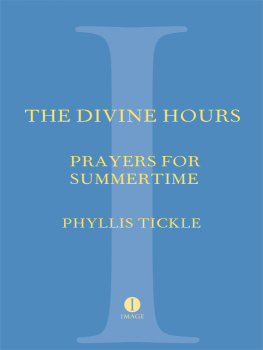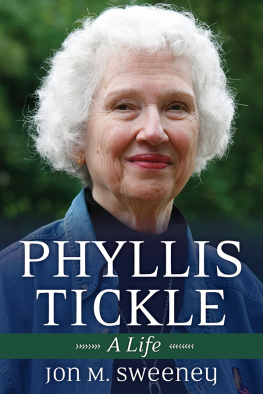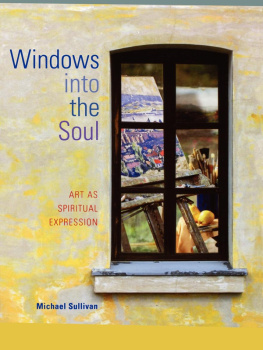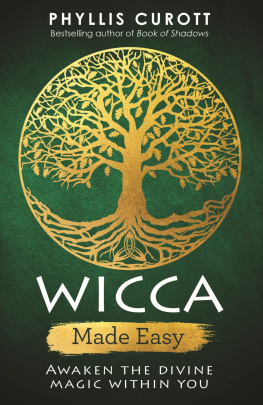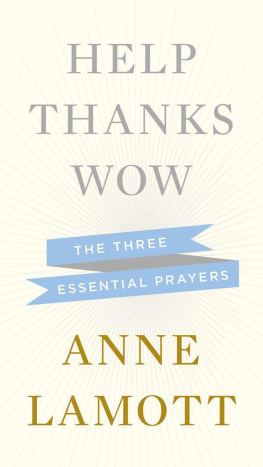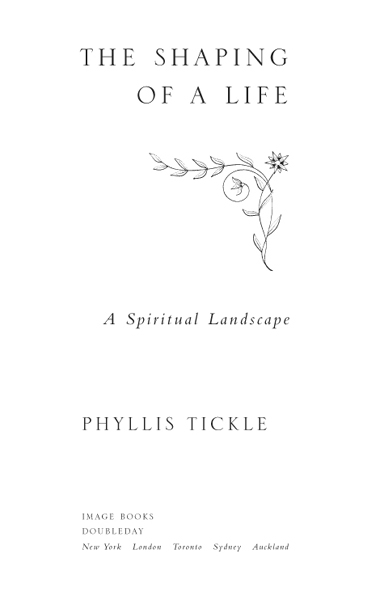AUTHOR'S NOTE
There are times in any autobiography when the lives and privacy of others must be protected. For that reason, some of the names in this one have been changed and/or an occasional telltale circumstance modified slightly to make the participants less immediately identifiable.
Jeb and Tina's story has appeared in print once beforein HomewordsA Book of Tennessee Writers, edited by Doug Paschall and published by the University of Tennessee Press in 1986.
For my daughters and daughters-in-law
Nora Katherine Cannon
Mary Gammon Ballard
Laura Lee Palermo
Rebecca Rutledge Howell
Patricia Rose Tickle
Mary Gore Tickle
Because of them I walk each day
in the company of good women.
Let not those who hope in you be put to
shame through me, Lord God of hosts;
let not those who seek you be disgraced
because of me, O God of Israel.
PSALM 69:7,
PSALTER, THE BOOK OF
COMMON PRAYER
PART ONE
 My Mother's House,
My Mother's House,
My Father's Garden1.
M Y FATHER taught me to love words, and my mother taught me to pray. In his case, it was patient and intentional. In hers, quite the opposite.
The house in which I grew up and in which my first subjective instruction was played out was a determinant in those lessons. Or if not a determinant, then at least a kind of text upon which my memory and understanding have recorded them and to which I have attached their intricacies. This is not to say that the old house was in any way a thing of beauty or even that it could lay claim to any pretensions. It most assuredly was not that kind of house.
Built in the 1920s just before the Great Depression wrought havoc on everybody including the house's original owner/builder, the poor thing was still not entirely finished when my father bought it fifteen years later from the man's widow. The roughed-in, but unfinished, portions of the upstairs that looked out through broad dormer windows onto a line of silver maple trees and then to the street beyond became mine within a few days of our moving in.
Phyllis's playroom was the way my mother came to refer to that near-sixth of her new house that yawned, dusty and inviting, at the end of the upstairs hall and just beyond my bedroom door. It was a phrasing that, once she had invented it, allowed Mother to live more comfortably with the notion that her only child was setting up shop on a loose-planked floor and sitting on cross braces nailed to open studs. With or without such euphemisms, however, my mother and I both knew that that unfinished space was my soul's home, just as my father and I knew that so long as I lived as a child among them, the space was to remain unfinished except by my imagination or my own juvenile carpentry. It was a kind of gentlemen's agreement amongst the three of us.
Almost as a result of that agreement, I came in time, subtly but surely, to divide the old house into theirs (the downstairs) and mine (the upstairs.) I found theirs considerably less interesting than mine for adventures, but rivetingly more absorbing for its revelations about adults and adult ways of living. I spent whole afternoons, in fact, just sitting on the upstairs steps and contemplating the complexities of what was going on below me and what, presumably, I was to become in time. But the house was so laid out that no one seat, not even my favored one on the stairs, was totally satisfactory as an observatory. No, ours was a house that required an inquisitive child to move about a lot.
The floor plan of the downstairs was hardly more imaginative or less phlegmatic than was the house itself. A huge (the most odious chore of my late childhood was having to sweep the whole thing every Saturday morning for the perfectionist who masqueraded as my mother) a huge porch ran the entire front of the house. At the porch's western end was the front door. Made of heavy oak, the door groaned its way into an entrance room the size of most people's bedrooms and that, as a result, no one could ever figure out how to either appoint or use. Ultimately it became a kind of parlor-anteroom that just sat there and, according to my father, used up space and heat. The unruly parlor did serve one good purpose, however; it opened into a living room that was almost the size of the porch and many times more pleasing to me.
The living room ran from east to west paralleling the porch. On its south wall, which it shared with the porch, a bank of broad-paned windows looked across the front yard to the maples trees that, when one was downstairs, totally obscured the street beyond. On its north wall, the room was interrupted in two places. At its western end was the door to the downstairs hall and at its eastern, the double french doors that led into the dining room. The hall, which was far and away the house's greatest impediment to easy living, was a long narrow affair whose only purpose was to connect other necessary spaces in as narrow and dark a manner as possible. It had, I always suspected, been the builder's attempt to conserve the heat and floor footage he had squandered in the entrance hall parlor.
But for whatever reason, the downstairs hall was and remained a domestic bottleneck that led, straight as an arrow, north from the living room to the back of the house. On the way, it opened first onto my father's studyonto that sunny, book-lined room where, as a college professor, he spent so many hours at his desk and where he taught me how poetry could give body to the soul and how the voice speaking words aloud could give life to the printed page.
Just beyond the study door, the hallway accessed on one's left what has to have been the world's largest linen closet and on one's right the landing of the steps to my upstairs world. Beyond the closet and landing, the hall squeezed past my parents' bedroom door, pretended to terminate in their bathroom, and then abruptly bent around the corner past the basement door to actually terminate in Mother's industrial-sized, white-and-red kitchen.
If one wished to come at the kitchen from the other direction, one had to pass through the living room and then through the dining room doors, or more correctly, through the open doorway where they were. (I never remember the doors themselves being shut except on Christmas Day when they hid the coming feast, the better to tease my excitement.) Directly across the dining room from the french doors, positioned in its own kind of arrow-straight alignment, was our breakfast room. While there was no door at all, only a doorway, between the kitchen and that breakfast room, there was most definitely a door between the breakfast and the dining rooms. It was one of those somewhat antique, heavy swinging doors that allow the cook to move easily from kitchen to table while carrying hot dishes and full trays. It was a rule of the house that this door, unlike the glass double ones across from it, was always closed. Always, that is, except from about three-thirty until about four-thirty in the afternoon. That was when my mother prayed.


